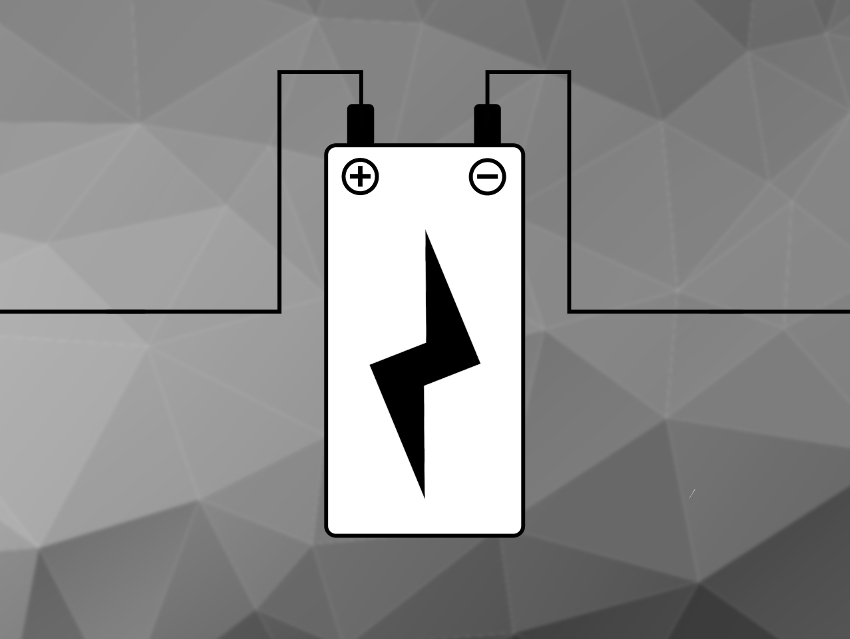Lithium-metal anodes provide the highest theoretical capacity for lithium-ion batteries. However, lithium metal can react with the battery’s electrolyte, which produces a solid electrolyte interphase (SEI) and consumes active lithium ions. These lithium ions and those in the metallic anode that are isolated by the SEI cannot react further and are called “dead” Li. This loss of active lithium reduces the battery’s efficiency. The metal can also form lithium dendrites or filaments that reduce performance and can cause dangerous short-circuits.
Baohua Li, Shenzhen Key Laboratory on Power Battery Safety Research and Shenzhen Geim Graphene Center, China, and colleagues have developed a host material for lithium-metal anodes that prevents the formation of dead Li. The team used porous lithiated graphite (LiC6) lamina (PLGL) and coated them with a lithiophilic carbon layer using a scalable slurry-coating strategy. During the charging process, Li is deposited uniformly on this material, which gives a PLGL@Li electrode.
The PLGL host prevents the formation of dead Li and improves the stability of the battery. It provides a comparatively low volume expansion during lithiation and has a suitable delithiation potential. This means that the Li plated on the outside is completely stripped during discharging before the PLGL is delithiated. This controlled process minimizes Li inactivation. Due to these properties, the PLGL@Li electrode provides a high Coulombic efficiency and capacity retention.
- Basal Nanosuit of Graphite for High-Energy Hybrid Li Batteries,
Yuanming Liu, Xianying Qin, Fang Liu, Binhua Huang, Shaoqiong Zhang, Feiyu Kang, Baohua Li,
ACS Nano 2020.
https://doi.org/10.1021/acsnano.9b07706




